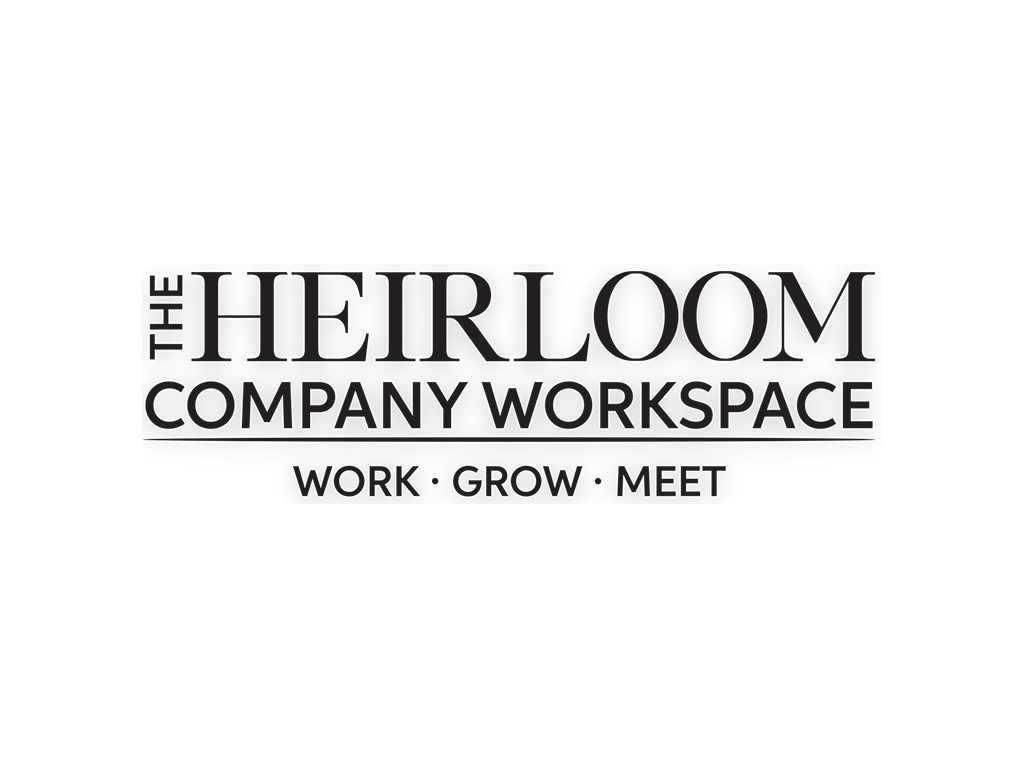By Amy Moyer
Quivery voice, shaky hands, or knot in our stomachs. Putting ourselves out there personally and professionally can be very nerve racking. We may have great information and insight that we would like to share or simply want to connect with others. Nerves, anxiety, or low self-esteem may inhibit our ability to communicate effectively in the workplace.
Fun fact: 55% of communication is body language. Only 7% are the words and 38% is the tone.
How well are we using our body to communicate in the workplace? What is the best way to use body language to communicate more effectively, hide our nerves and present a well put together package. Through practice we can train ourselves to convey our message better and give off more confidence while being open and receptive to others. Our use of controlled body language can help us navigate our way to a more positive interaction.
Here are a few ways we can use our body language in a positive manner in the workplace. We may want to start with one or two suggestions to get comfortable with changing how we hold ourselves or engage with others. Some tips might be natural to us already and we need to work on a few others.
Good Posture
Having good posture is not just good for our health and body alignment but also a show of confidence. If we are either sitting or standing we should be upright, shoulders back and our head held high. Not only does this show confidence to those around us but also internally it makes us feel more powerful and positive.
Lean In
When sitting down in a meeting, engaging with someone who is also sitting or even standing, we want to lean toward the person. This lets them know we are engaged and listening. Leaning back gives off a sign of boredom or disinterest.
Eye Contact
Make eye contact with the other person. Eye contact promotes engagement and listening, letting the person know we care about what they are saying. By avoiding their eyes, we could convey that we are hiding something or being dishonest. We shouldn’t look at our phones or watches, because we may come across as distracted or looking as though we are eager to leave.
Move Hands
Hand movement is a great way to emphasize important points or bring a story to life. Moving the hands can keep someone interested in what we are saying, rather than being stagnant and bored. If we kept our hands behind our back or arms crossed we can come off as disengaged and closed off. While moving our hands is good, we also don’t want to fidget or keep touching our face or hair. Make sure the movements are purposeful and deliberate.
Another big faux pas is pointing. We don’t want to ever point at or poke someone with our finger. A single finger can be perceived as an aggressive gesture. Use the whole hand when engaging others. When we are not using our hands, they should be relaxed at our side or kept in a steeple formation, fingertips touching.
Spacial Awareness
A couple of items to look at when discussing spacial awareness are the proximity to someone and also the placement of our body. In business especially, people like their space, so don’t stand too close. Give them enough breathing room but close enough to be able to have a private conversation.
Our body placement should be angled to the side of the person we are engaging with. Standing or sitting directly to the side can feel disconnected. Being right in front of someone, head-on, can feel aggressive and make someone feel like they are being held captive. Also, we need to bring ourselves to the other person’s level. If they are standing, stand. Sitting, sit. Keeping the same eye level sends the signal that you are equals.
Simply being aware of our body language is a huge first step. Learning to control it will allow us to communicate more effectively. Practice at home with your family and friends and then see what happens when you bring your new skills into the business world!


 This is your new headquarters for everything business, creativity, and parenting. Our space reaches further than just between our front door and back door. We strive to provide helpful content on productivity, working as a parent, networking, marketing and everything else that building a business (and a family) involves. Enjoy!
This is your new headquarters for everything business, creativity, and parenting. Our space reaches further than just between our front door and back door. We strive to provide helpful content on productivity, working as a parent, networking, marketing and everything else that building a business (and a family) involves. Enjoy!